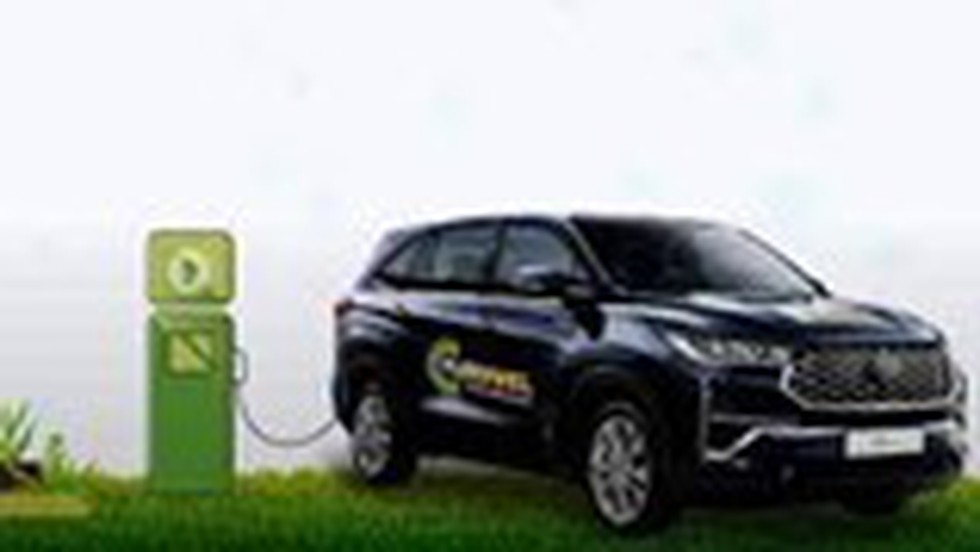About Electrified Flex fuel vehicle:
- It is the World’s first BS-6 Stage-II Electrified Flex fuel vehicle.
- An Electrified Flex Fuel Vehicle has both a Flexi Fuel engine and an electric powertrain.
How Do Flexible Fuel Cars Work Using Ethanol?
- Flexible fuel vehicles (FFVs) have an internal combustion engine and are capable of operating on gasoline and any blend of gasoline and ethanol up to 83%.
- In flex fuels, the ratio of ethanol to petrol can be adjusted, but the most commonly used flex fuel uses 85 per cent ethanol and 15 per cent petrol.
- Bio-ethanol contains less energy per litre than petrol, but the calorific value (energy contained in the fuel) of bio-ethanol will become on par with petrol with the use of advanced technology.
- Since an FFV is capable of running on either petrol or ethanol, it will be the first of its kind 100 per cent dual fuel vehicle to be running on Indian roads.
- Flex fuel engines are already popular in Brazil, the United States, the European Union and China, among many others.
What is Ethanol?
- Ethanol (also called ethyl alcohol or alcohol) is a biofuel with the chemical formula C2H5OH.
- It is a by-product of the sugar production process and can be an excellent substitute for petrol as a fuel mix.
- Ethanol is more affordable than petrol, as it can be produced domestically from crops, unlike crude oil, which needs to be imported.
- It is a complex derivative of biomass left by agricultural feedstocks such as corn, sugarcane, hemp (bhang), potato, and rice, among many other things.
- Using ethanol-blended fuel can help reduce our carbon footprint and create a cleaner, healthier environment for future generations.
- Ethanol-blended petrol has significantly reduced emissions of harmful pollutants such as carbon monoxide, hydrocarbons, and nitrogen oxides.
- India is the fifth largest manufacturer of ethanol, following the US, Brazil, the European Union and China.
